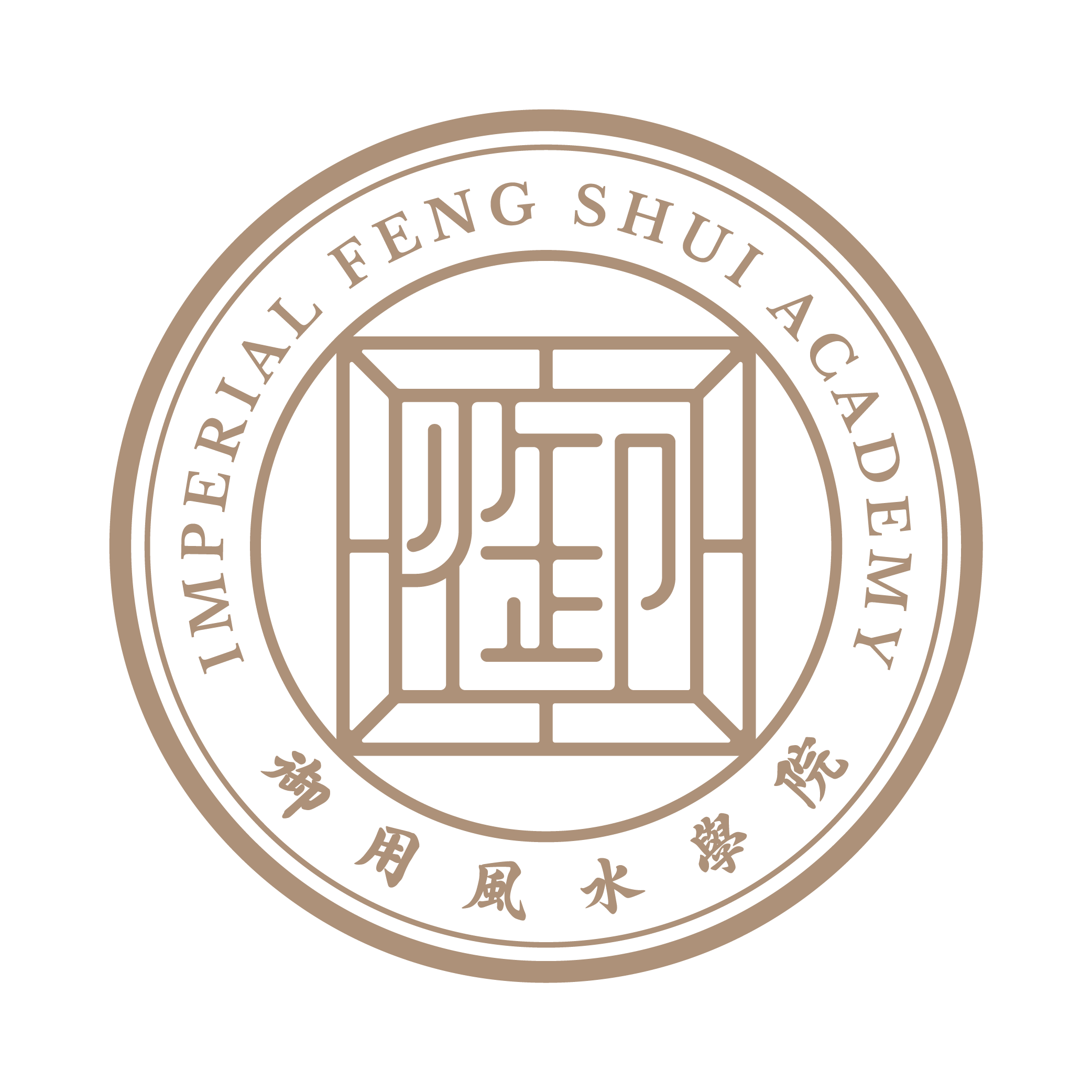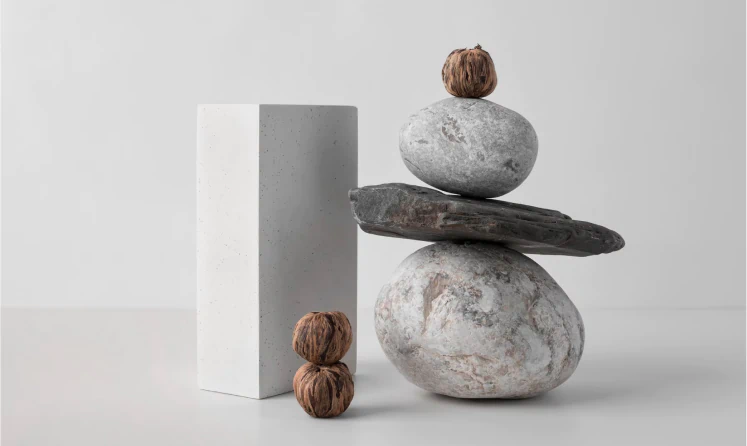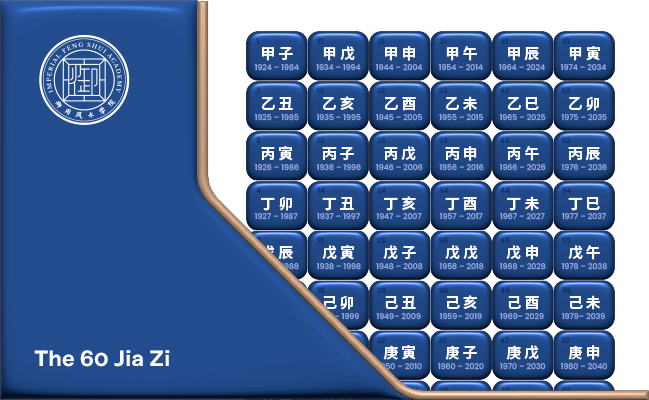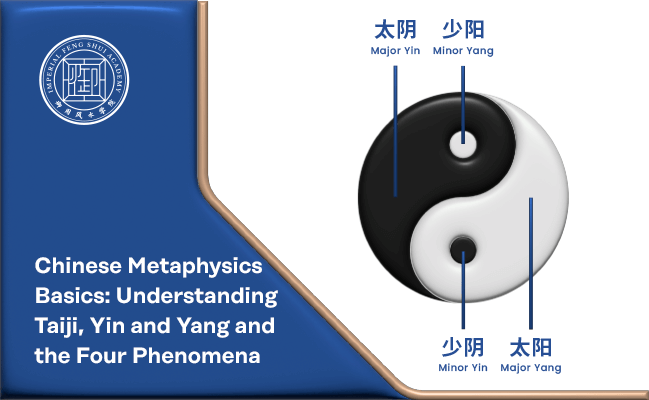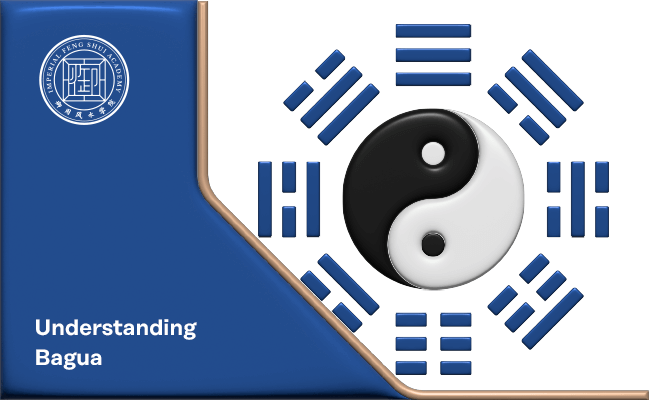The Eight Trigrams, known as Bagua (八卦), are fundamental components in Chinese metaphysics, especially in Imperial Feng Shui. They are commonly arranged in two ways: Early Heaven Bagua (先天八卦) and Later Heaven Bagua (后天八卦). Each arrangement offers unique insights and applications, reflecting different aspects of the universe and human experience.
Origins of Early Heaven Bagua
Early Heaven Bagua, also known as Primordial Bagua, is traditionally attributed to Fu Xi, a legendary Chinese leader and sage. Fu Xi, one of the Three Sovereigns during the ancient era of “Three Sovereigns and Five Emperors” (approximately 2850 to 2200 BC), arranged the Early Heaven Bagua based on his observations of the geographical and climatic attributes of ancient China.
Arrangement of Early Heaven Bagua
- Qian Trigram (乾卦): Symbolising Heaven, characterized by three Yang lines, positioned at the top in the Southern region, associated with the Red Phoenix, representing Pure Yang.
- Kun Trigram (坤卦): Representing Earth, characterized by three Yin lines, positioned at the bottom in the Northern direction, associated with the Black Turtle, embodying Pure Yin.
- Li Trigram (离卦): Symbolising Fire, located in the East, linked to the Green Dragon and Minor Yang — the “Yang within Yin.”
- Kan Trigram (坎卦): Representing Water, located in the West, associated with the White Tiger and Minor Yin — the “Yin within Yang.”
The arrangement of Qian and Kun Trigrams (North and South) with Li and Kan Trigrams (East and West) highlights the duality of Yin and Yang. This arrangement, coupled with the Four Mythical Creatures or Four Phenomena, provides valuable insights into the Bagua’s portrayal of the universe at its inception.
- Gen Trigram (艮卦): Symbolising the mountain, located in the Northwest, reflecting China’s geographical landscape with significant mountain ranges.
- Dui Trigram (兑卦): Representing the marsh, located in the Southeast, symbolizing the coastal regions prone to waterlogging and flooding.
- Xun Trigram (巽卦): Representing wind, located in the Southwest, mirroring the geographical and climatic features of Southwest China.
- Zhen Trigram (震卦): Symbolising thunder, located in the Northeast, reflecting the agricultural significance of Northeast China’s fertile soils.
Applications of Early Heaven Bagua
Early Heaven Bagua is used in various Chinese metaphysical and divinatory practices, such as Xuan Kong Da Gua date selection and Plum Blossom Divination. It represents the foundational laws of the universe, based on the geographical and climatic attributes of ancient China.
Origins of Later Heaven Bagua
Later Heaven Bagua was arranged by King Wen of Zhou during his imprisonment by King Zhou of Shang. Recognizing the need for a comprehensive system to align with the complexities of the world, King Wen developed the Later Heaven Bagua, offering practical insights into life’s interactions and challenges.
Arrangement of Later Heaven Bagua
Later Heaven Bagua represents the world and its interactions, offering a structured arrangement reflective of the dynamic aspects of life:
- Seasons: Integral for agricultural planning, ensuring harmonious cultivation and identifying suitable times for activities.
- Directions: Guides the layout of cities, homes, and temples in Feng Shui to harness auspicious energies.
- Familial Relationships: Provides guiding principles for social harmony and understanding roles and responsibilities.
- Medicine: Associates parts of the body with the Bagua, aiding traditional medicine practitioners in diagnosing and treating ailments.
The trigrams in Later Heaven Bagua offer insights into the ebb and flow of energies, seasons, and natural phenomena, contributing to the development of the Five Arts:
- Mountain (山): Harmonising with the land and environment.
- Medicine (医): Utilising natural principles for healing.
- Divination (卜): Practices related to oracles and divination.
- Appearance (相): Interpretation of external signs.
- Destiny (命): Understanding an individual’s fate and potential life trajectory.
Trigrams in Later Heaven Bagua and Their Associations
Later Heaven Bagua corresponds to the seasons and the 12 Earthly Branches, reflecting the dynamic interplay of natural forces and cycles:
- Qian Trigram (乾卦): Represents Autumn, associated with Xu (戌) – Dog and Hai (亥) – Pig.
- Dui Trigram (兑卦): Symbolises Autumn, associated with You (酉) – Rooster.
- Li Trigram (离卦): Represents Summer, associated with Wu (午) – Horse.
- Zhen Trigram (震卦): Denotes Spring, associated with Mao (卯) – Rabbit.
- Xun Trigram (巽卦): Indicates Spring and Summer, associated with Chen (辰) – Dragon and Si (巳) – Snake.
- Kan Trigram (坎卦): Represents Winter, associated with Zi (子) – Rat.
- Gen Trigram (艮卦): Represents Spring and Winter, associated with Chou (丑) – Ox and Yin (寅) – Tiger.
- Kun Trigram (坤卦): Represents Summer and Autumn, associated with Wei (未) – Goat and Shen (申) – Monkey.
The Eight Trigrams, arranged in Early Heaven and Later Heaven Bagua, provide a comprehensive framework for understanding the universe and human experience. Early Heaven Bagua offers foundational principles, while Later Heaven Bagua provides practical insights into the dynamic aspects of life. These arrangements guide various aspects of Chinese metaphysics, from Feng Shui to traditional medicine, highlighting the enduring significance of the Bagua in both ancient and contemporary contexts. Understanding these principles allows for a deeper appreciation of the intricate balance and interplay of forces shaping our world.
